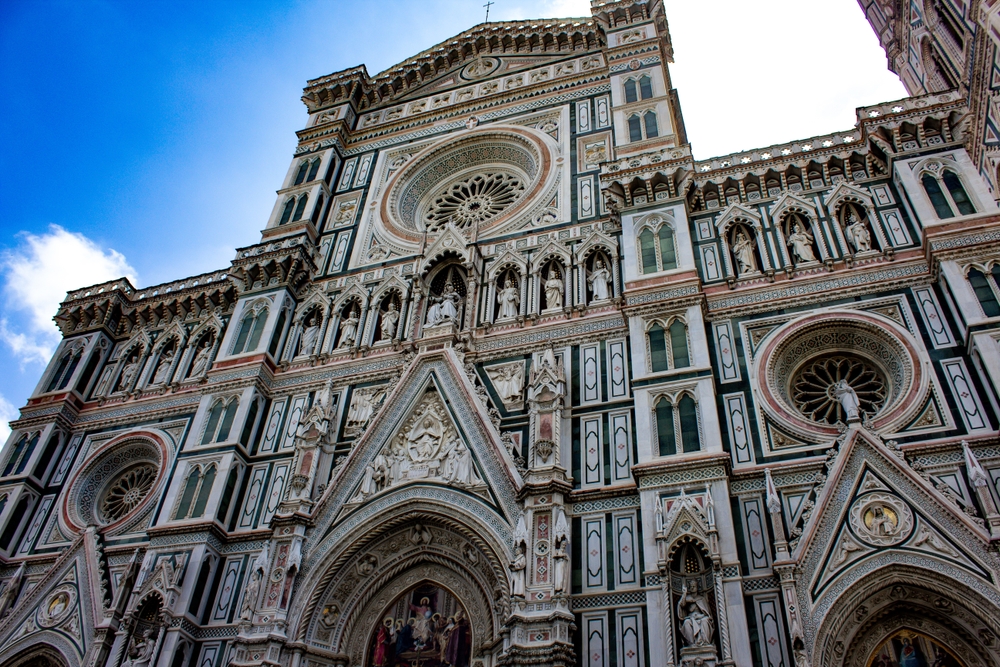Florence Travel Guide: Local Tips for your Trip
This ultimate Florence travel guide is your key to experiencing the city's rich history, art, and cuisine.
Visiting Florence, Italy
Florence was founded between the 6th and 7th centuries by the Etruscans and later established in 59 BC by the Romans as a military colony. The city has been one of the most powerful cities in Europe for centuries, and it was especially known for its importance as a city in trade and banking.
Florence is widely accepted to be the birthplace of the Renaissance, and it is often referred to as the cradle of the Renaissance. Today, this beautiful Tuscan city draws millions of tourists every year, and there’s a valid reason for that.
Read this comprehensive Florence travel guide to learn how to get around in Florence, must-visit attractions and local tips, the best time to visit Florence, and many more!
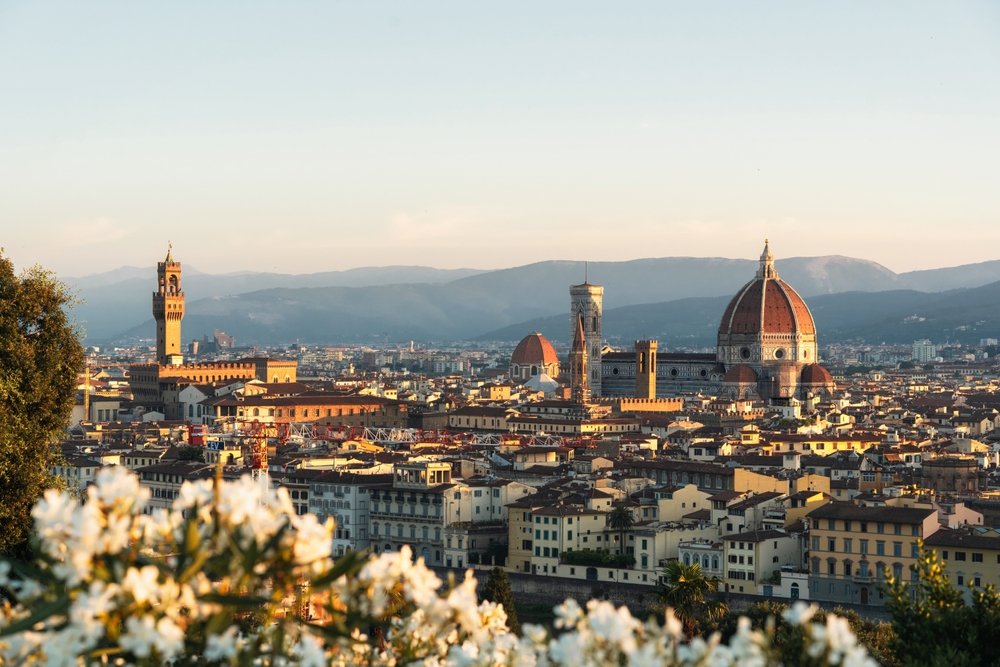
Where is Florence Located?
Florence is the capital city of Tuscany, located in central Italy. It is the most populated city in Tuscany, with a population of approximately 370,000 as of 2023.
Spanning 40 square miles, Florence is situated on the Arno River and surrounded by the Tuscan countryside, which is known for its stunning landscape, rich artistic heritage, and renowned wineries.
Quick Facts about Florence, Italy
- Name: Firenze (Italian)
- Region: Tuscany
- Area: 102 square kilometers (39 square miles)
- Districts: 5 administrative districts (Quartieri)
- Population: ~380,000 (city), ~1.5 million (metropolitan area)
- Top Attractions: Florence Cathedral (Duomo), Uffizi Gallery, Ponte Vecchio, Galleria dell'Accademia (Michelangelo’s David), Palazzo Pitti, Piazza della Signoria, Boboli Gardens, Basilica di Santa Croce
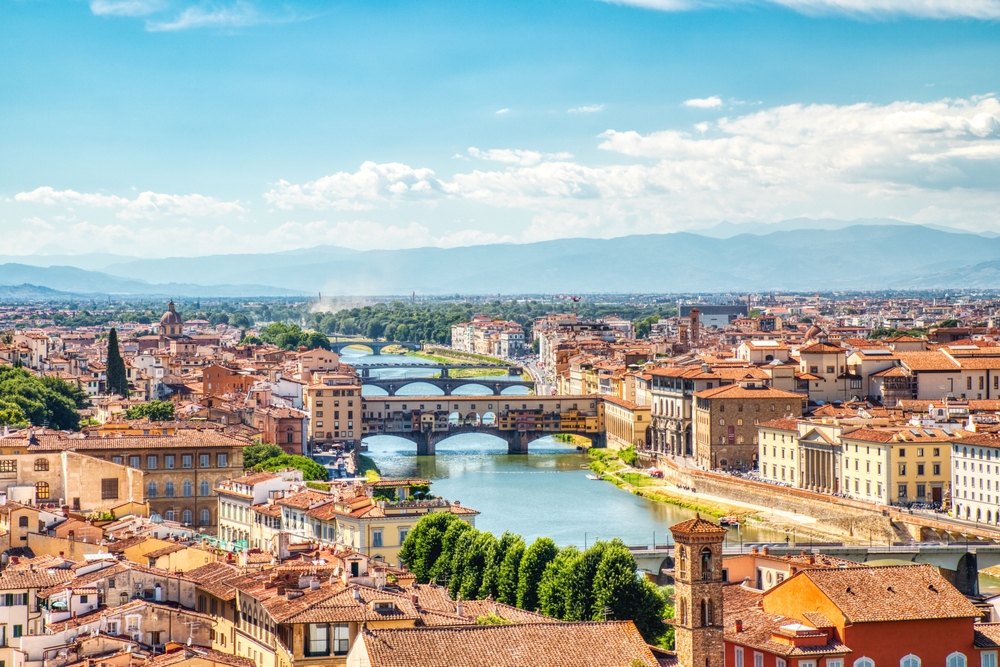
Getting to Florence
Getting to Florence is as exciting as the journey you’ll have in the city. Florence is well-connected with the rest of Italy and Europe, both by land and air.
While you can get to the city by plane and bus easily, Florence also stands out as a major hub for the railway network in Italy, which connects it to the other major cities and makes traveling between two cities much easier.
There are many convenient ways to get to Florence, and each node of transportation below offers a different experience for visitors who are traveling from different parts of the world.
Transportation Options:
Arriving in Florence
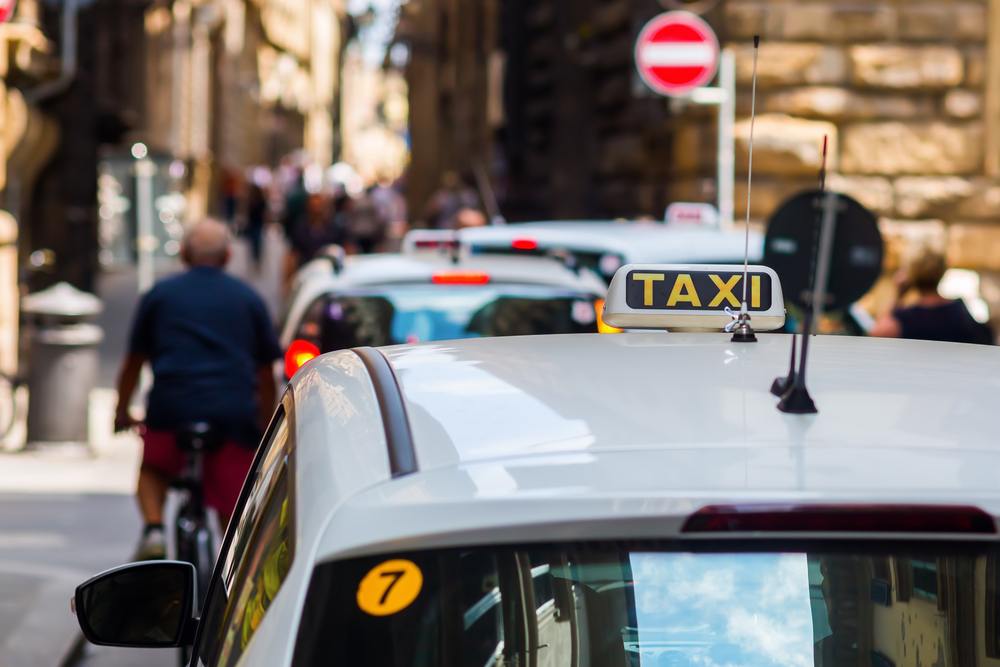
Public Transport in Florence
From how to get around in the city to available public transport options, being prepared for the journey is the best way to save time. Key attractions in Florence can be easily reached by using trams and buses, while pedestrian-only streets provide a safe way to roam around the city.
How to Get Around in Florence?
Florence is a small, compact city, and the easiest way to get around the city is by walking. The reason for that is because, in Florence, it’s possible to walk almost everywhere.
Between two key attractions, such as the Galleria dell’Accademia di Firenze and Ponte Vecchio, it only takes approximately 15 minutes to walk. However, public transport is pretty effective and still commonly used by those who want to reach far points in the city.
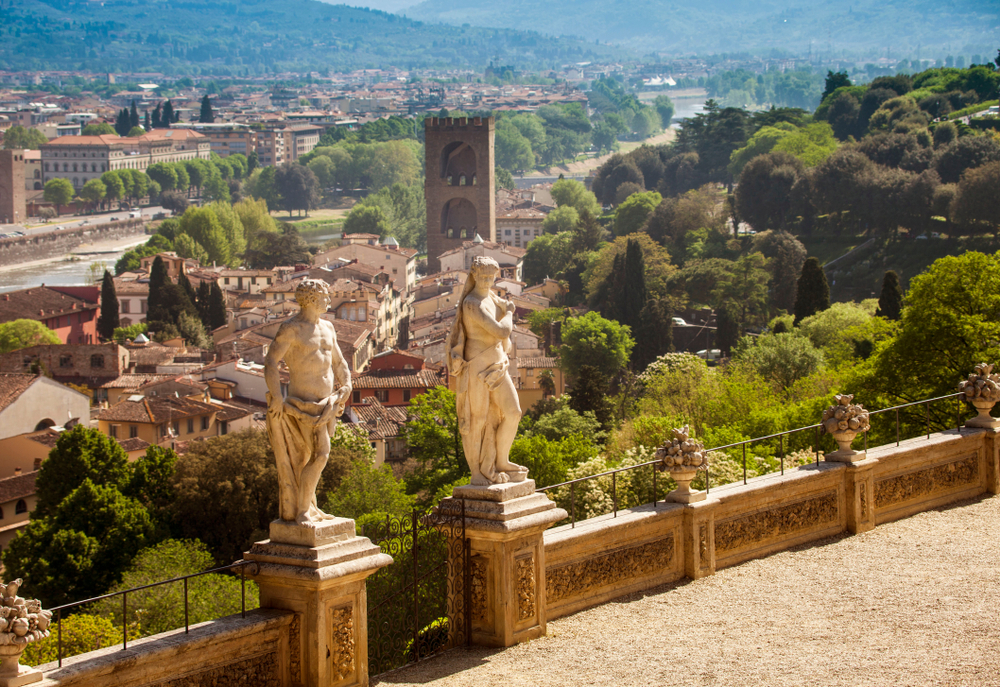
More Fun Things to Do in Florence
Absolutely Free Things to Do in Florence

When is the Best Time to Visit Florence?
The best time to visit Florence can vary greatly depending on what you expect from your trip. The city offers unique experiences and things to do in each season.
However, when planning your trip, it’s important to consider the varying weather conditions, including scorching heat and freezing cold, crowds of tourists at must-visit destinations, and popular annual events.

Upcoming Holidays, Festivals and Events in Florence, Italy
Public holidays and school breaks can impact your visit to Florence, influencing crowd levels, attraction availability, and accommodation costs. For a quieter experience, consider planning your trip outside of these peak periods.
On the other hand, holidays, festivals, and events offer a special opportunity to enjoy Florence’s vibrant cultural celebrations and festive atmosphere.
- New Year's Day (January 1st)
- Epiphany (January 6th): This religious celebration takes place on January 6, and it celebrates the three Wise Men arriving in Bethlehem to visit Jesus. The Epiphany involves a long parade from Piazza Pitti to Piazza del Duomo in costumes.
- Easter Sunday - Scoppio del Carro (June 24th): Celebrated on June 24th, this is one of the oldest traditions of Florence. It involves a decorated cart being pulled by oxen from Porta al Prato to the Piazza del Duomo, along with various other performances.
- Festa di San Giovanni & Calcio Storico: Held in honor of Florence's patron saint, the Festa di San Giovanni celebrations include various religious ceremonies, parades, and Calcio Storico, a form of sport played in the 16th century.
- Florentine New Year (March 25): An official holiday celebrated on March 25, this traditional New Year dates back from the Middle Ages to 1750. The celebrations include a historical procession starting from the Palagio di Parte Guelfa to the Basilica della Santissima Annunziata.
- Christmas Day (December 25th)
School holidays in Italy generally follow a national calendar with breaks in:
- Christmas and New Year (about two weeks)
- Easter (one week)
- Summer break (late June to early September)
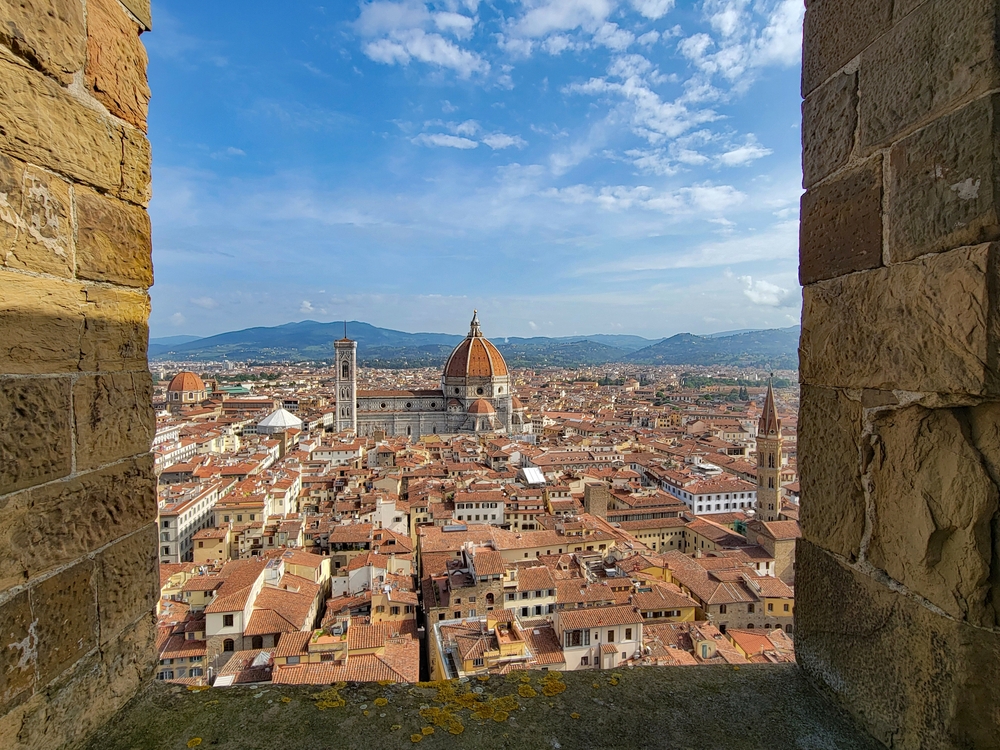
How Many Days to Spend in Florence?
From historical museums and churches to lush gardens and breathtaking views, Florence is the perfect destination to mix and match various attractions and create the perfect itinerary for one or several days.

Where to Stay in Florence?
Even though it’s quite a small city and everywhere can be reached on foot, where you’ll be accommodated during your trip matters greatly. While there is so much to see and explore, choosing the right place to stay based on your preferences can highly enhance your Florence trip.
From the Duomo, which is the city center, to the vibrant Santa Croce or the stylish Oltrarno, Florence offers plenty of options to choose from for families, solo travelers, couples, or luxury seekers.
Here are the most popular neighborhoods for tourists in Florence:
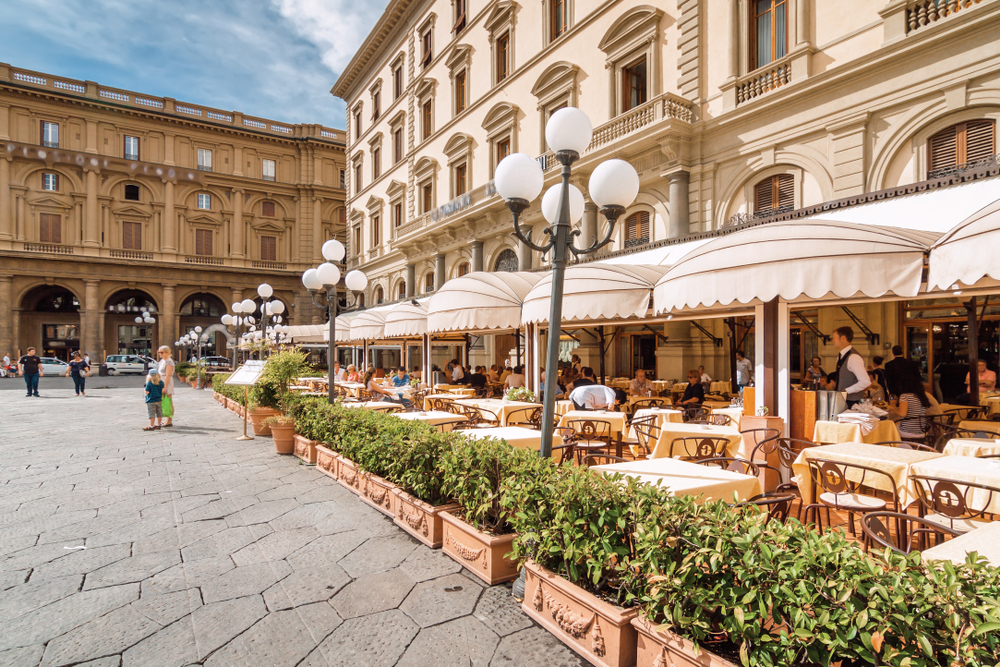
Best Areas to Stay in Florence for Every Type of Traveler
- Families: Near Oltrarno and surrounding countryside like the Florence Hills are ideal for quiet and relaxing trips.
- Couples: San Niccolò offers a romantic atmosphere with charming streets, stunning views, and proximity to Piazzale Michelangelo.
- Solo Travelers: Santa Croce is quieter than the center, but still lively with plenty of cafes and restaurants.
- Honeymooners & Luxury Seekers: Centro Storico near the Duomo offers luxurious and comfortable accommodations close to the top attractions of Florence.
Tips for Choosing the Right Area in Florence
- Consider the need for transportation: If you plan to use public transportation, or go on day trips, you may want to consider choosing a place to stay near the train station (Santa Maria Novella).
- Proximity to attractions: Even though the city is compact and everything is close to each other, staying in a central place can help you save time while visiting major attractions.
- Purpose of the trip: Based on your priorities, it may be ideal to stay in livelier and busier areas for bar and restaurant access, or quieter ones if you're visiting with your family, or seeking relaxation.
- Set your budget: Avoiding touristy and central areas can help you manage your budget while allowing you to experience the more local areas of Florence.
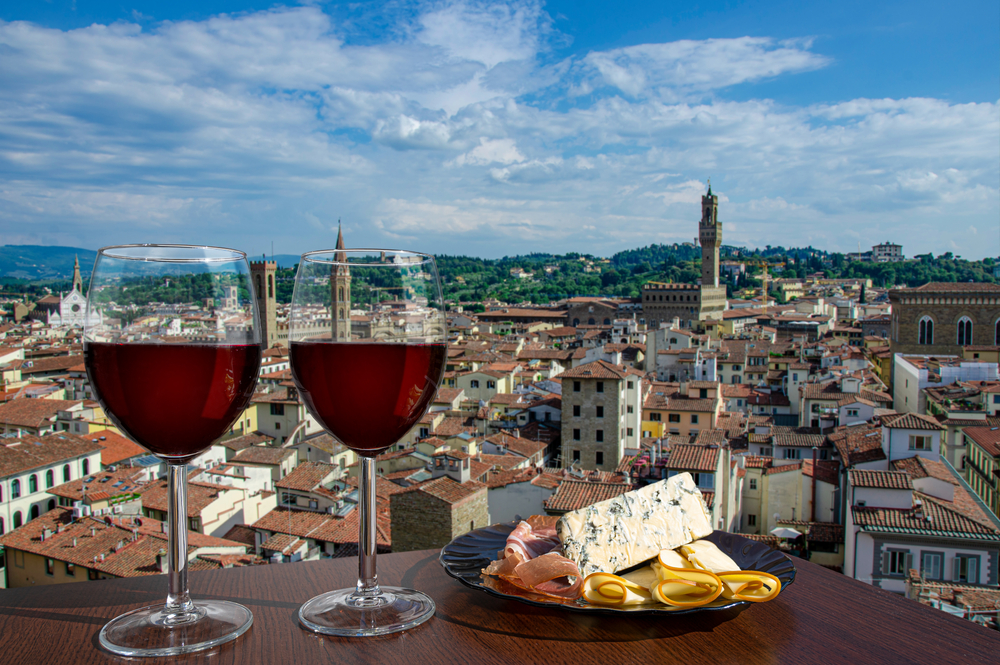
Dining in Florence
Dining culture in Florence mostly comes from the Tuscan tradition, which largely includes dishes cooked with olive oil and fresh organic produce.
From famous Tuscan wines to desserts and foods that are unique to Florence, you’ll experience the essence of the city with each bite. Whether enjoying a warm plate of Ribollita or satisfying your senses with Bistecca Fiorentina, Florence offers the best culinary experience.
Must-Try Foods and Drinks in Florence
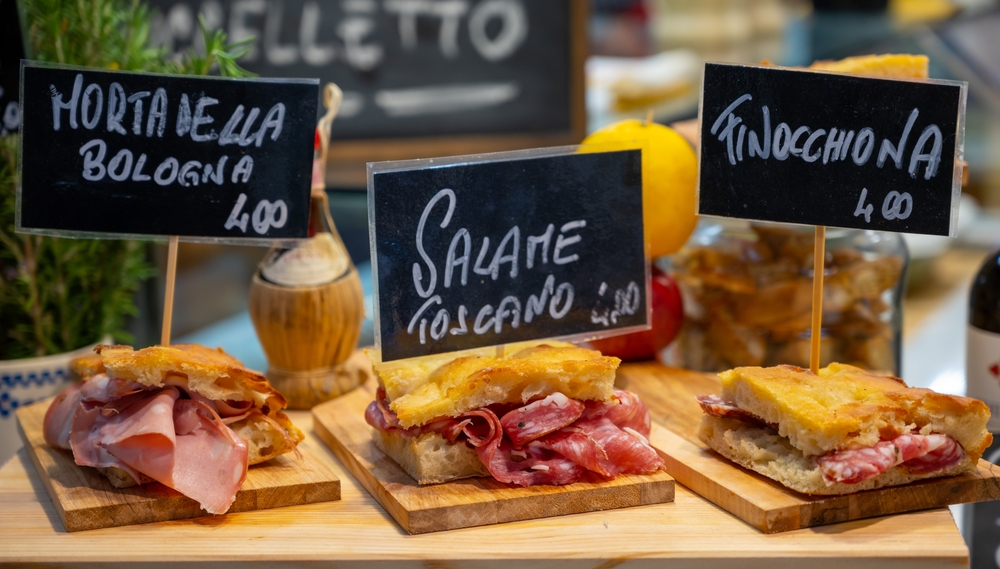
Fresh, Seasonal Ingredients
Florentine cuisine is rooted in simplicity, with an emphasis on fresh, seasonal ingredients. You’ll find dishes featuring olive oil, tomatoes, beans, and hearty vegetables. Expect seasonal specials like porcini mushrooms in autumn, chestnuts, and artichokes, which are often integrated into traditional dishes.
Dining Etiquette
Florentine dining customs reflect a deep respect for food and tradition. It’s customary to linger over meals and savor each course. In many restaurants, a cover charge (coperto) is added to your bill. Tipping is appreciated, but not obligatory. Be mindful of meal times—Florentines eat lunch around 1:00 PM and dinner typically starts after 8:00 PM.
Restaurants
For a true taste of Florence, dine at classic trattorias like Trattoria Mario or Trattoria dall'Oste known for their authentic Florentine cuisine. If you’re looking for something more upscale, Enoteca Pinchiorri, a Michelin-starred restaurant, offers a gourmet take on Tuscan classics with an impressive wine list.
Gelato
Florence is also known for its gelato, with some of the best spots in Italy found here. Indulge in flavors like pistachio, chocolate, and fruit sorbets at famous gelaterias like Gelateria dei Neri or La Carraia. Be sure to try gelato artigianale, which is made with fresh, natural ingredients for an authentic Florentine treat.
Tuscan Specialties
A trip to Florence isn’t complete without tasting iconic Tuscan dishes. Enjoy bistecca alla Fiorentina, a thick, juicy steak cooked over an open flame, or ribollita, a comforting bread and vegetable soup. For pasta lovers, pappardelle al cinghiale (wide ribbon pasta with wild boar sauce) is a must-try.
Wine Windows (Buchette del Vino)
Florence is home to the charming buchette del vino or wine windows, small openings on historic buildings used in the past to serve wine directly to customers. These windows, which became popular again during the pandemic, offer a unique way to enjoy a glass of Tuscan wine. You can find them at spots like Osteria Belle Donne or Babae, where this tradition comes alive.

Shopping in Florence
If you’re visiting Florence, you can’t go back home with empty hands! Whether it's a handmade product that you’re looking for, or high-quality jewelry to keep forever, there is a wide range of souvenirs and gifts that you can buy in Florence to cherish your trip.
What to Buy in Florence

Best Areas to Go Shopping in Florence
Payment, Credit Cards, and Tipping in Florence
It’s pretty common to use credit cards in Florence, as they are accepted almost anywhere. However, it would still be a good idea to carry some cash with you, since paying something under $5 or so is still common and more convenient in some places.
Tipping is not mandatory in Florence but is still appreciated, especially if the service is good. With that being said, in almost every restaurant in Italy, you may come across something called “coperto” on your bill. Ranging between 1 to 5 Euros, coperto is typically a cover charge per person in restaurants, and no, it’s not a tip.

Traveler Tips for Visiting Florence
Read these traveler tips and facts about Florence to get yourself familiar with the culture and daily practices, and enjoy hassle-free travel.
- Did you know that all of the state-run museums are closed on Mondays in Florence? So, if you’re planning a Florence itinerary for a couple of days, delay the museum visits before or after Mondays.
- Unfortunately, pickpockets are no exception in Florence either. Keep an eye on your personal belongings all the time, and stay alert while traveling the Duomo and surrounding narrow streets.
- Don’t eat or drink anything on the church steps in Florence. It’s prohibited to do so since the rise in litter on the streets has resulted from the increasing number of tourists participating in this activity.
- Don’t hail taxis to stop them. It’s not a common practice, and people call operators to request a taxi or look for taxi stands that can be easily found in most tourist areas.
- Make sure to dress modestly when visiting Florence's churches. Shoulders and knees should be covered to adhere to local customs.
- Plan Ahead for Popular Attractions. Florence’s top attractions, such as the Uffizi Gallery and Galleria dell'Accademia, can get very crowded. Booking tickets online in advance is highly recommended to avoid long wait times.
- Use Public Water Fountains: Florence has several "nasoni" fountains where you can fill up reusable bottles with clean drinking water for free. A notable fountain in Piazza della Signoria even offers both sparkling and regular water! You can find it here on Google Maps.

